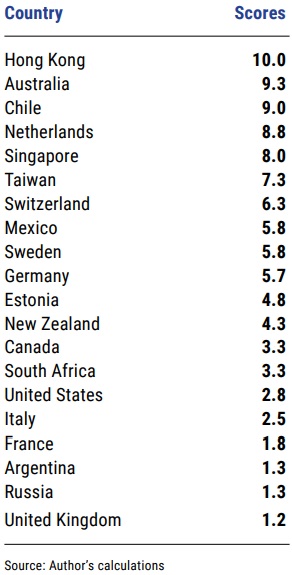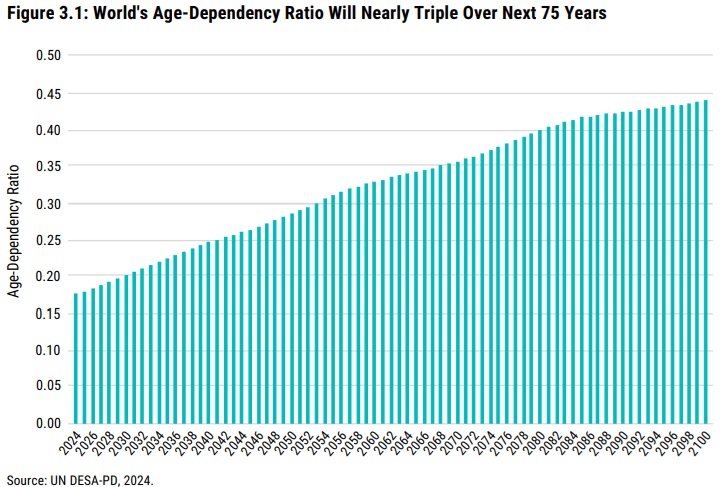Assuming all the voter fraud the Democrats are attempting to inject into this election can be thwarted, the dust is settling, and it's looking like Trump will take the White House, the Republicans will take the Senate, and keep the House. Not that the Republicans have done such a good job, but the Democrat party, as it's now configured, is in it's death throes being destroyed by the farthest left most radical people to have ever been seated in the Congress, and they've scared the nation. But whether all that happens or not, we're going to see changes in the Congress, and especially the Senate.
I'm channeling Oliver Cromwell here. For
those who don't know Oliver Cromwell was, he was one of the leaders in
the English Civil Wars that defeated, and eventually executed King Charles I, and then ruled England as Lord Protector from December 1653 until his death in
September 1658. In 1653 Oliver Cromwell addressed a stunningly corrupt
Parliament dismissing them saying:
¨"It is not fit that you should sit here any longer. You have sat here too long for any good you have been doing lately … In the name of God go.
That same line of thought was repeated In 1940 regarding Neville Chamberlain, and again in 2022 telling telling Boris Johnson to quit. "In the name of God, go" Well, if the Brits have the stones to do it, and if the Republicans take the Senate, then as soon as possible after January 3, 2025 some Republican leader, preferably a new Senator, needs to stand up and say to Mitch McConnell:
"It is not fit that you should lead our party any longer. You have been there too long for any good you have been doing lately … In the name of God go.”
Ole Mitch has decided he's not running again, however, that doesn't solve the McConnell problem because Mitch McConnell is a perfect reflection of the Republican party leadership, and the majority of Senate Republicans, at least until January 3, 2025, we'll see then. There won't just be an explosion the day the Republicans meet to decide who their leader will be. I'm expecting to see an political atomic bomb going off! Here's my Mitch McConnell file.
McConnell is contemptible, and because of him it's most likely why Senate went to the Democrats, and he's still doing what in my mind is blatant corruption by refusing to fund Kari Lake or Ted Cruz in their US Senate races when both are locked in tight races.
But who will be his replacement?
There are at least five Senators wanting to be the Republican leader in the Senate. John Barrasso, John Cornyn, Steve Daines, Rick Scott, and John Thune,the Trump Derangement Syndrome establishment men, and the Trump supporters. and make no mistake, any of these men who are being touted as moderates, are in reality Mitch's boys.
Establishment Contenders
- Senator Jon Cornyn has announced he's going to run for the leadership of the U.S. Senate, a Senate RINO Mitch McConnell light. Amil Imani points out why he's unfit to lead the Senate Republicans, "he did not back Attorney General Ken Paxton during his impeachment by the Texas state House, he's anti-gun, supports illegal migration, as A.G. Paxton has already pointed out.
- Sen. John Thune of South Dakota has been joined at the hip with Ole Mitch and it's been assumed he'd be Mitch's successor, a major set back for conservatives, and for Trump. He's all in with the special interests who support open immigration, he's a war hawk pushing for American interference in all these forever wars. He's not a conservative.
Trump Supporting Contenders
- Sen. John Barrasso is in the Republican leadership, and has migrated into becoming much more conservative and has consistently defended Trump. (R-WY) is the third highest-ranking Senate Republican and one of former President Trump’s more staunch defenders. While he began his political career as a moderate Republican, the Wyoming Senator has recently become increasingly conservative, but is weak on immigration.
- Senator Rick Scott has not been one of Old Mitch's favorites as he's been a staunch critic of McConnell. The trouble is his record doesn't match is rhetoric, as he was aligned with former Speaker of the House Paul Ryan's policies versus Donald Trump's, which is why I find it difficult to understand why he's given an upper 90% approval rating from one of the conservative think tanks. However, here's his view of earmarks:“It’s just like the swamp to take YOUR money, borrow more, and push it all into reckless political pet projects. That’s earmarks in a nutshell.”
- Then we have what's been touted as Trump's choice, Sen. Steve Daines, who I never heard of before this, and who has been a strong Trump supporter, but he's weak on immigration.
There are others being discussed such as Marco Rubio, who says he's not interested, Sen. Marsha Blackburn, and Sen. Jone Ernst. Why Senators Mike Lee and John Kennedy aren't included in this mix is a surprise to me, unless they've made it clear they don't want the job.
Here are two things that must be at the top of the list for whomever gets the job. First, unlike McConnell who easily gave in to Democrat demands, and in love with sending untracked billions of dollars to a stunningly corrupt Ukraine government, the next Republican Senate leader must decide his job is to fight for the Republican's priorities, and not the Democrat's, and stop this massively destructive plague of spending and borrowing that's sending the national debt into outer space.
Second, if the Republican take the Senate they need to end the corrupt tyranny imposed on the Senate by Harry Reid that allowed majority leader prevent senators from offering amendments to bills forcing a take it or leave it position on massive all inclusive bills instead of allowing the Senate to run as it was originally intended by building consensuses crafting bills point by point, battling it out in committee and on the Senate floor.
While it's clear the Republican Senate will be more conservative, will it be conservative enough to give Trump the support he will need, or be sabotaged by feckless invertebrates in the Congress?
Here's my view in my updated analysis of the 2024 senate race. If the Republicans take the five seats I'm calling for them, and the three that are tossups go to the Democrats, along with the Independent taking a Republican seat, that will make the Senate a 50/50 tie, meaning the Vice President would be the tie breaking vote in the Senate, and I've come to the conclusion some of these seats will have to be taken on Trump's coattails.
Since the Democrat/Independent contingent will vote in lock step, and there are so many RINO's who will typically vote with the Democrats, the Democrats will still control the Senate. The realistic numbers? 50 Democrat/Independents, anywhere from 6 to 10 RINO's at any give time, leaving 40 to 44 Republicans. That gives the Senate a potential 60/40 edge over the Republicans, even if the Senate leader is a Republican. But at least it won't be Mitch McConnell.
And if elected, Trump cannot allow his appointees to backstab him at every turn, Trump’s appointees must be fiercely loyal, "That loyalty must be to the Constitution, to We the People, to the administration’s mission, and to President Trump, and that means being willing to shrink their agencies. "








My Commentaries
Commentaries
Permanent Links